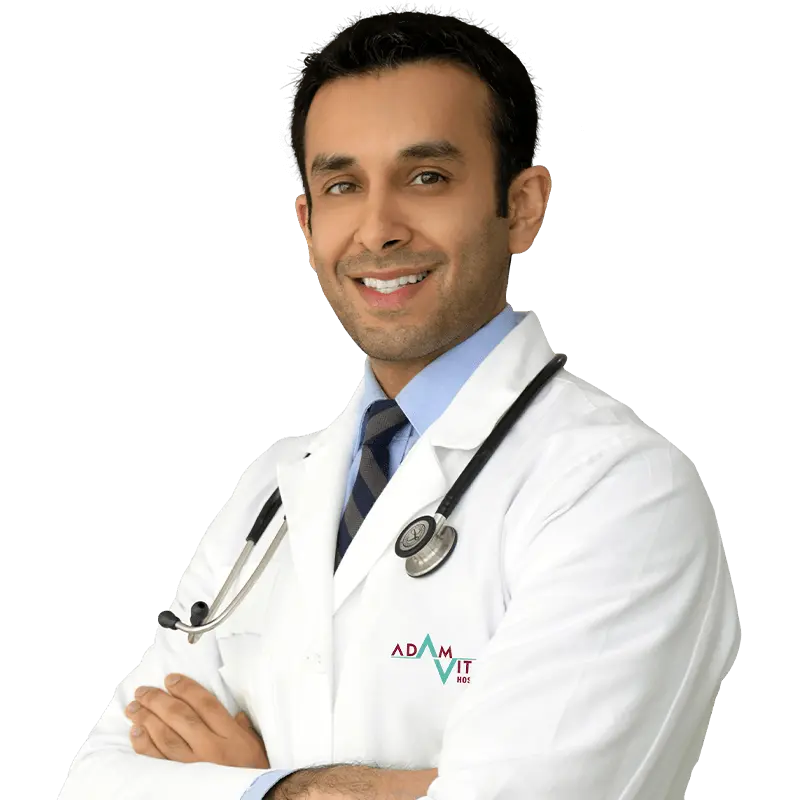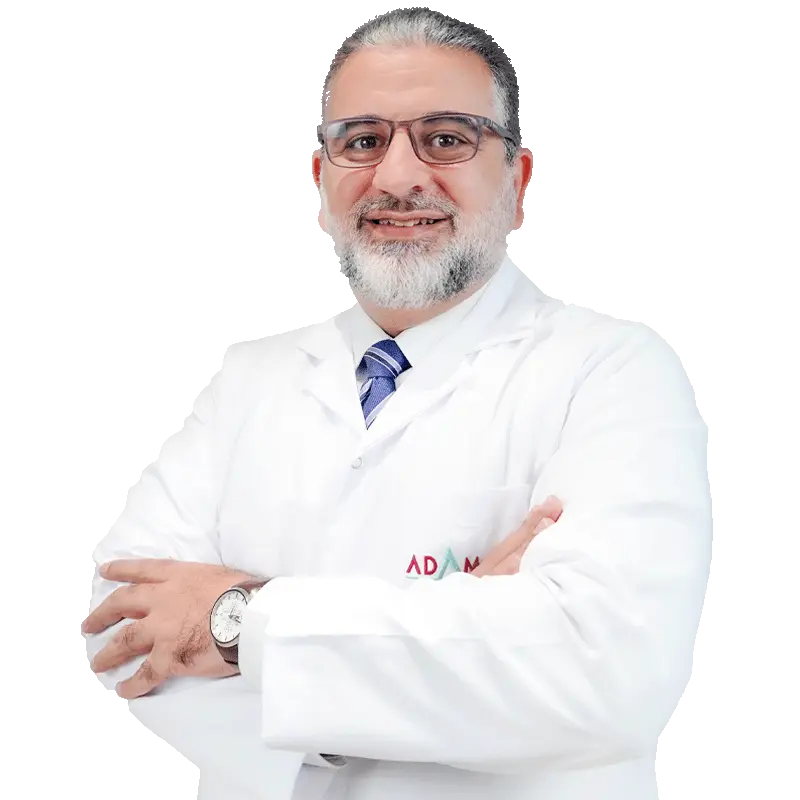Medications and Injections
Your orthopaedic doctor may prescribe some medications to help relieve pain and treat underlying conditions. In some cases, the doctor may suggest some injections like hyaluronic acid, corticosteroids and platelet-rich plasma. These injections help in knee pain caused due to tendon tears, sprain or injury. These are highly effective and can provide relief from the pain for as long as six months.
Therapy
Your orthopaedic surgeon will recommend physical exercises and therapy to strengthen muscles around the knee.Regular exercises improve muscle flexibility and body balance. In certain conditions, a different types of braces may be used to protect and support the knee joint.
Surgery
Arthroscopic Knee Surgery
Knee Arthroscopy is a surgical treatment that diagnoses knee pain problems, like a torn meniscus or misaligned patella (kneecap), patella that’s out of position, removal of Baker’s cyst, fractures in knee bones and helps in repairing the ligaments of joints.
Small incisions are made in the area of treatment making it easier for the surgeon to see inside the joint with the help of an arthroscope. The surgeon can see the images produced by the camera on the monitor in the operating room.
There are limited risks of the surgery and the recovery time depends on the severity of the knee problem
Exercises to reduce the knee pain and strengthen the muscles surrounding the knees are suggested by a physical therapist. Walking, cycling, yoga, water exercise, neuromuscular training are few among those
Partial Knee replacement surgery
In this procedure, your orthopaedic surgeon will only replace your knee’s damaged portion by making small incisions. This surgery provides fast recovery compared to total knee replacement.
Total Knee replacement
In this surgery, the damaged bone and cartilage are removed and replaced with an artificial joint made of metal alloys and high-grade plastic polymers.







